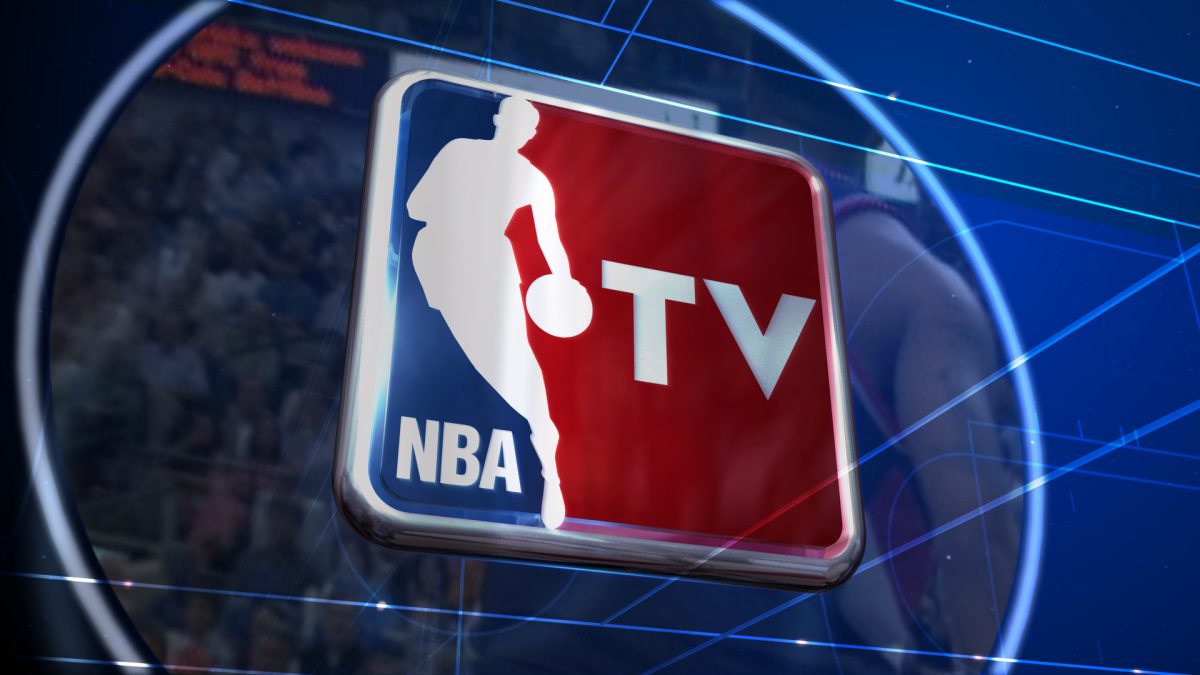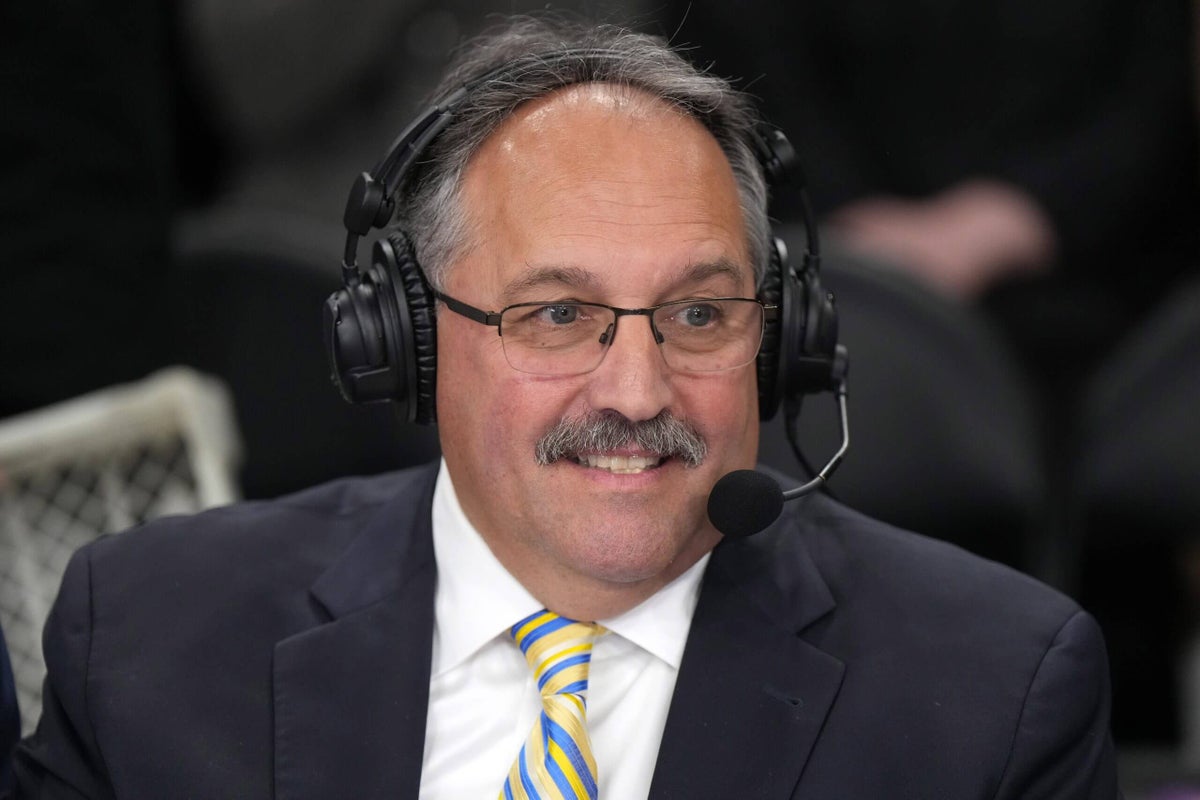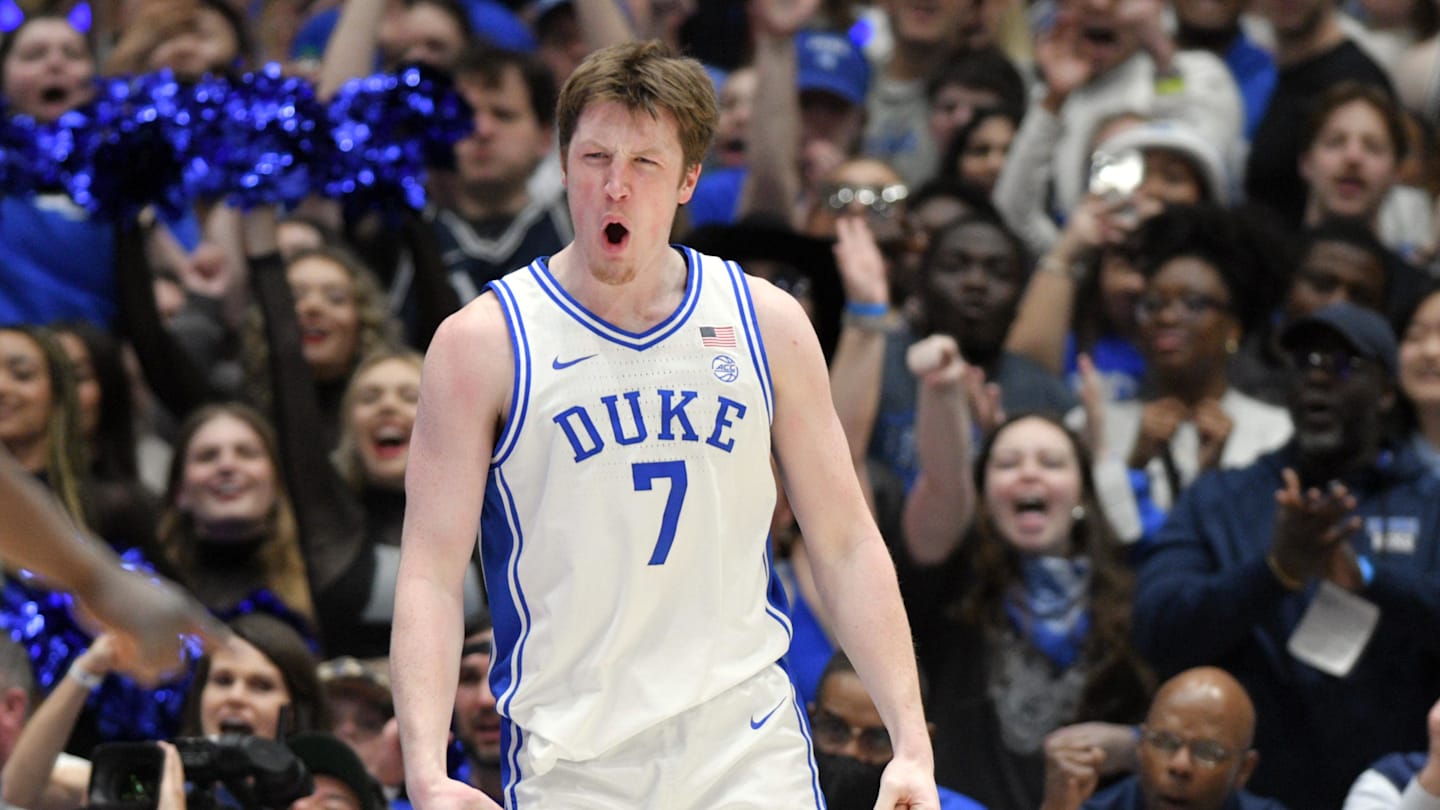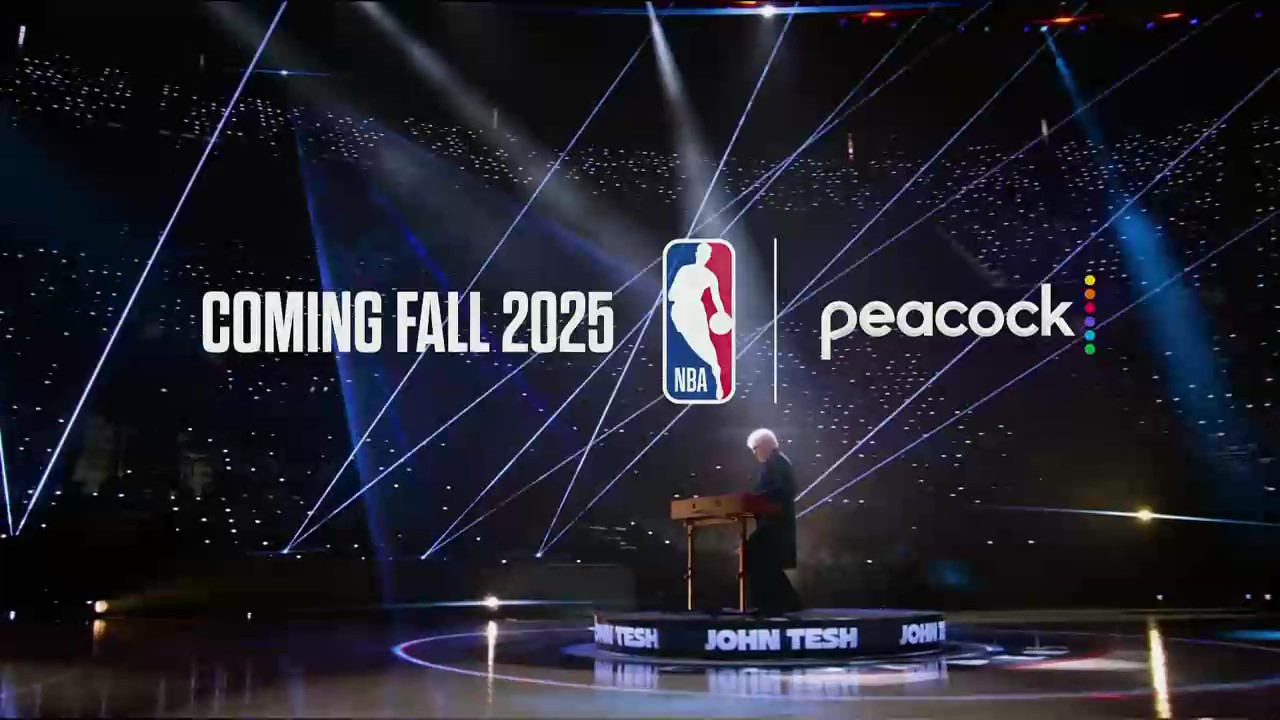
The NBA embarks on a new television era when the new media deals with ESPN, NBC, and Amazon begin for the 2025-2026 season. But now the question is arising what will happen with the league’s own network in NBA TV.
League networks have been severely hampered by cord cutting. Like the RSN industry, distribution is way down for the likes of NBA TV, NFL Network, MLB Network, and others. And with the leagues focusing on new partnerships with both traditional networks and streaming companies, league networks are finding themselves in no man’s land stuck in a bygone era.
According to sports media savant John Ourand at Puck, NBA TV is staring into the abyss with its future unknown amidst the era of cord cutting and the changing complexion of the NBA’s new media deals that will kick in for the 2025-2026 season. Most jarring from Ourand’s report is that NBA sources, “say they still don’t have a plan for the channel.”
The numbers are not kind for NBA TV. The channel is now in just 33.3 million homes, almost half of its peak at 61 million homes in the early 2010s. And according to Ourand, playoff games on NBA TV are averaging a microscopic 545,000 viewers. Part of that is because NBA TV is usually airing games in competition with other playoff matchups on ESPN and TNT and part of it is because the league network is usually airing the least attractive matchup. But at a time when ESPN is setting record viewership for the first round of the postseason, seeing NBA TV draw less than one-tenth of their viewership is a huge alarm bell for any viable future for the network.
What complicates matters for the channel is that it is operated by Warner Bros. Discovery, who is no longer a rightsholder of the league beginning next season. WBD will point to a deal they struck with the NBA outside of games with access to highlights when it was announced that Inside the NBA would move to ESPN, but we don’t know much more beyond that for what the WBD-NBA relationship will look like in the years ahead. It’s notable that NBA TV was not mentioned in the WBD-NBA announcement which talked up digital rights, Bleacher Report, House of Highlights, international rights, and more… but not the league owned and WBD operated channel.
Ourand also reports that NBA TV on-air programming will be “scaled back.” The league network has simulcast regular season games from local RSNs but has traditionally sent their own announcers to playoff games that the network would air. However, in the league’s next media deals with ESPN, Amazon, and NBC, all playoff games are exclusive national broadcasts. We don’t know for sure if NBA TV is excluded from that, but we know that the local RSNs will not be able to broadcast first round games as they have done in the past.
And as Jon Lewis at Sports Media Watch notes, with ESPN, Amazon, and NBC gobbling up so much inventory, it leaves little room for NBA TV in the national landscape for the league’s broadcast plans.
What is a virtual certainty is that any future version of NBA TV will play a far smaller role in the league’s television strategy. With so much NBA inventory spoken for next season — Mondays on Peacock, Tuesdays on NBC and Peacock, Wednesdays on ESPN, Thursdays on Amazon, Fridays on Amazon or ESPN, Saturdays on ABC, Sundays on NBC and Peacock — any live game presence on NBA TV will surely be a far cry from its current 96-game regular season schedule. Maybe a few Thursday night and weekend games during the football season, before Amazon and the broadcast networks ramp up their schedules.
For a network that has carried games — both regular season and postseason — for more than 22 years, the future is a noticeable step downward. Yet that is the broader trend for league-owned networks, which are losing inventory, subscribers, and relevance.
What will happen to NBA TV? Perhaps it becomes a network that only airs replays and classic footage. Maybe it has the odd simulcast of a live game here and there. And maybe at some point it becomes a digital channel as distributors see the declining value in what it offers. But as the media industry moves forward into a new streaming era, it looks more and more likely that it is leaving some channels behind.


